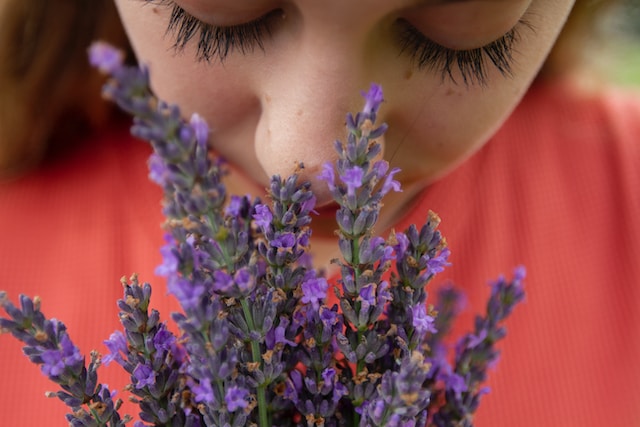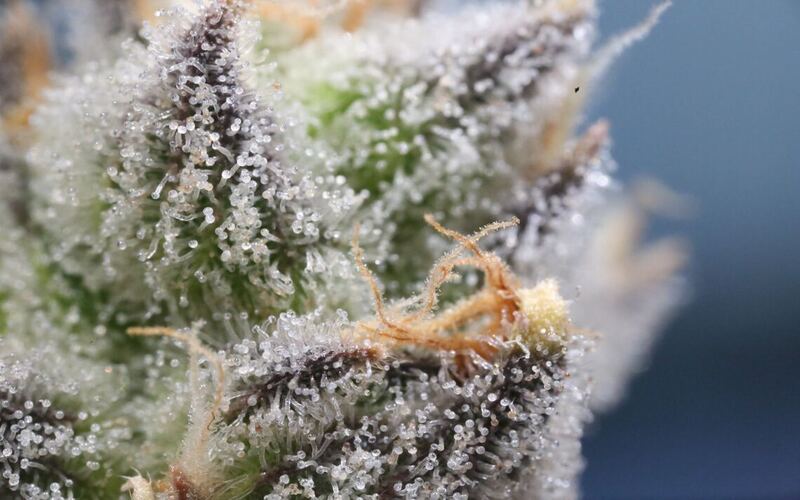For many years very little was known about cannabis terpenes. Terpenes are the compounds contained in the cannabis plant that gives it its smell. Scientists currently estimate that the cannabis plant contains over 150 different terpenes, with different genetics containing different ratios of terpene levels.
An example of a cannabis terpene is pinene, which is one of the most common terpenes found in cannabis terpene profile testing results. Pinene is known for having a forest-type smell, and can also be found in pine nuts, rosemary, and sage.
Researchers in Israel recently examined cannabis terpenes and how they interact with the endogenous CB1 receptor, and what they found regarding THC’s interaction with the receptor and terpenes could change the way cannabis products and treatments are developed going forward. Below is more information about it via a news release from NORML:
Jerusalem, Israel: Terpenes in the cannabis plant enhance the ability of THC to interact with the endogenous CB1 receptor, potentially heightening its effects, according to preclinical data published in the journal Biochemical Pharmacology.
Israeli scientists evaluated the role of terpenes in CB1 receptor-mediated functions. Researchers also assessed the extent to which terpenes acted as direct CB1 receptor agonists and as modulators of THC agonism.

Researchers reported certain terpenes – including borneol, geraniol, limonene, linalool, ocimene, sabinene, and terpineol – amplified THC activity at the CB1 receptor, even at low quantities.
They reported: “The results demonstrate that all terpenes, when tested individually, activate CB1 receptors, at about 10-50 percent of the activation by THC alone.
The combination of some of these terpenes with THC significantly increases the activity of the CB1 receptor, compared to THC alone. In some cases, several fold.
Importantly, this amplification is evident at terpene to THC ratios similar to those in the cannabis plant, which reflect very low terpene concentrations.”
Authors concluded: “The use of selected terpenes may enable reducing the THC dose in some treatments, and as a result, potentially minimizing the THC-related adverse effects. This would also help in adjusting the treatment to more sensitive populations such as children and elderly. Enrichment with selected terpenes may allow for composition adjustment to personal needs and to changes during chronic use, such as for daytime versus for sleep.”
The findings expand upon those of a 2021 study documenting that certain terpenes activate CB1 and CB2 receptors, and that the combined administration of cannabinoids and terpenes produce additive effects. Authors of that study similarly suggested, “[T]erpenes could be used to enhance the analgesic properties of cannabis/cannabinoid therapy, without worsening the side effects of cannabinoid treatment.”
A study published earlier this year reported that cannabis flowers with elevated levels of the terpenes myrcene and terpinolene are associated with greater perceived symptom relief among patients.
Full text of the study, “Selected cannabis terpenes synergize with THC to produce increased CB1 receptor activation,” appears in Biochemical Pharmacology.
This article first appeared on Internationalcbc.com and is syndicated here with special permission.






